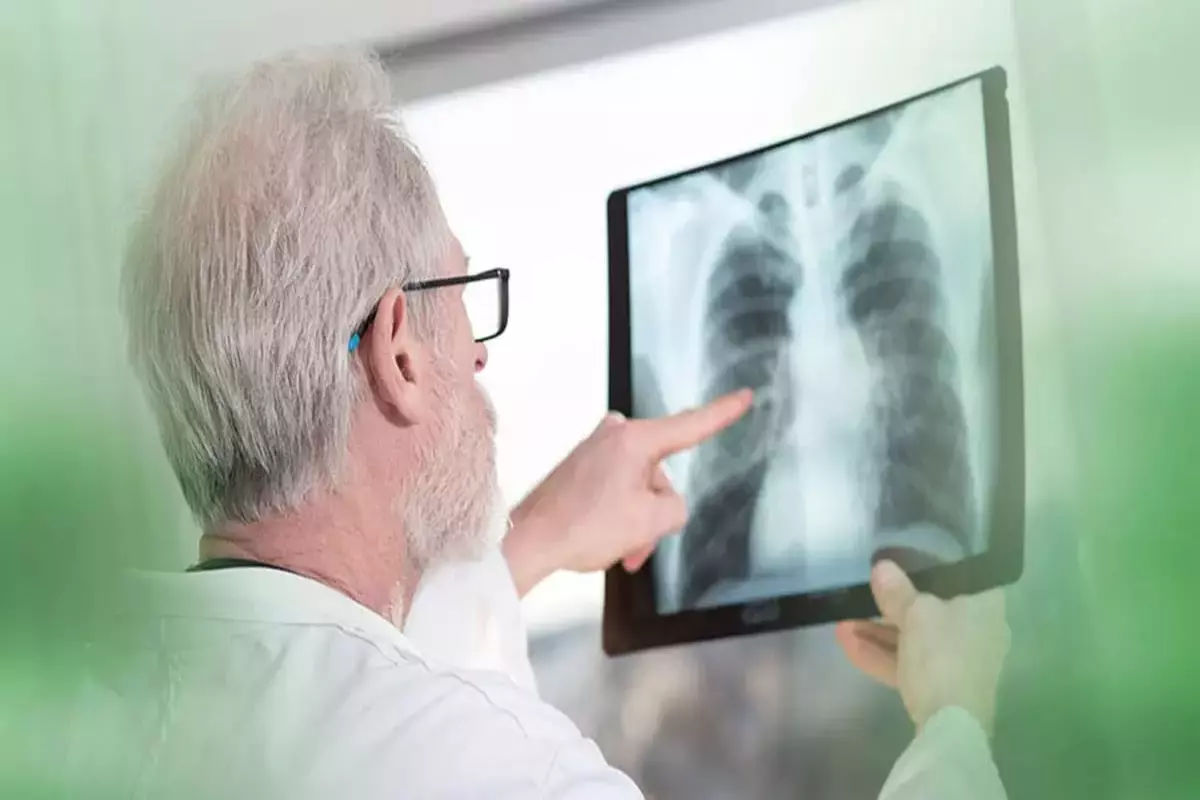
The Indian Institute of Science (IISc) has discovered a key mechanism that allows the tuberculosis (TB) bacterium to survive in humans for decades.
Researchers from the National Centre for Biological Sciences (NCBS) and Institute For Stem Cell Science and Regenerative Medicine (InStem), Bengaluru, discovered that a single gene involved in the production of iron-sulfur clusters could be essential for the TB bacterium’s persistence.
Mycobacterium tuberculosis (Mtb) causes tuberculosis (TB) and can live in the human body for decades without causing symptoms.
“Mtb needs humans to survive. In many cases of Mtb infection, the immune system can detect the bug and clear it out”, said the first author Mayashree Das, a PhD student at IISc.
Mtb, on the other hand, hides within deep oxygen-limiting pockets of the lungs and enters a state of dormancy in which it does not divide and is metabolically inactive, thus eluding the immune system and TB drugs in numerous asymptomatic individuals.
Amit Singh, Associate Professor at IISc and corresponding author of the study, stated, “Due to persistence, there is a bacterial reservoir in a subset of the human population at any point which can reactivate and cause infection. Unless we understand persistence, we will not be able to eradicate TB”.
Singh’s team cultivated Mtb in liquid cultures including specific growth nutrients.
Several Mtb proteins rely on iron-sulfur clusters to function. These clusters are made up of iron and sulfur atoms arranged in diverse chains or cuboids.
In biological activities such as respiration and carbon metabolism, the iron atoms in the cluster can transfer electrons from one location of a protein complex to another.
“The iron-sulfur cluster-containing proteins are important for essential processes such as energy production by respiration, enabling the bacteria to survive harsh conditions of the lungs and causing infection. So, we wanted to study the mechanisms that Mtb uses to build these iron-sulfur clusters”, Singh continued.
According to the researchers, these clusters are mostly created by Mtb’s SUF operon, which is a group of genes that are activated together.
Researchers went on to say, that there is another single gene called IscS that can also generate the clusters.
To figure out why the bacteria require both, the researchers created a mutant version of Mtb that lacked the IscS gene.
Scientists discovered that under normal and oxygen-limiting conditions, iron-sulfur clusters are mostly generated by the IscS gene.
However, when the bacteria is subjected to a high level of oxidative stress, the iron atoms of the clusters become oxidized and released, causing the clusters to be damaged. As a result, there is an increased demand for additional clusters, which activates the SUF operon.
The researchers then wanted to know how the IscS gene affects illness progression. They infected mice models with the Mtb mutant lacking the IscS gene.
The deletion of the IscS gene resulted in severe disease in the infected mice rather than a chronic infection seen in TB patients.
The SUF operon is significantly activated in the absence of the IscS gene, but in an uncontrolled manner, resulting in hypervirulence, according to the researchers.
The researchers stated that depleting both IscS and the SUF system significantly reduced Mtb persistence in mice.
The researchers discovered that the IscS gene regulates the activation of the SUF operon, resulting in TB persistence.
The researchers also discovered that bacteria lacking the IscS gene were more susceptible to antibiotics.
“It becomes sensitive to some antibiotics and resistant to some. We would also like to explore this further”, Das noted.
The researchers believe that combining antibiotics with drugs that target IscS and SUF may be more effective.
Singh believes that a deeper knowledge of the IscS and SUF systems in Mtb will eventually pave the road for Tuberculosis eradication.
Also read: S Jaishankar And His Russian Counterpart To Meet In Moscow To Discuss Bilateral Issues
To read more such news, download Bharat Express news apps


















